Picture a slender bird with an extraordinarily long tail feather sashaying through the South African fynbos. That’s the Cape Sugarbird, a marvel in its native habitat. I’m here to share the story of this remarkable bird, whose unique attributes warrant admiration and scholarly attention.
The Cape Sugarbird is a symbol of the rich biodiversity within the Cape Floral Kingdom, a world heritage site that’s as complex as it is beautiful. This bird’s existence is intertwined with the conservation efforts that aim to preserve the natural splendor of its environment.
In this exploration, I’ll unpack the distinct allure of the male Cape Sugarbird, drawing vivid contrasts with its avian neighbors, the sunbirds and hummingbirds. You’ll learn what sets this species apart, from its diet to its domiciles, right down to the profound meaning it holds for many.
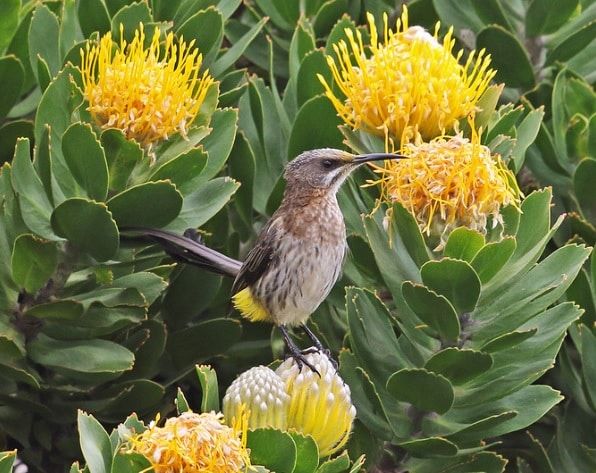
Understanding the Cape Sugarbird and the differences between males and females.
I often encounter the male Cape Sugarbird flaunting a remarkably long tail, which effortlessly sets him apart in the bird world. This tail isn’t just for show; it’s a critical part of his mating dance, a spectacle that’s as functional as it is eye-catching.
During the breeding season, the male’s Cape Sugarbird tail, accounting for up to double his body length, becomes his ticket to attracting a mate. He performs an intricate aerial dance, weaving through the air with acrobatic finesse, all to demonstrate his vigor and genetic quality to potential partners.
This display is not only a rite of courtship but also highlights the differences between the male and female sugarbirds. Males boast a bold black facial mask, while females wear a more subdued look with hints of grey and brown. It’s a dichotomy that’s prevalent in many bird species, where males possess ornate features to woo selective females.
The differences between the male and the female cape Sugarbirds are summarized in this table:
| Characteristic | Male Cape Sugarbird | Female Cape Sugarbird |
|---|---|---|
| Coloration | Vibrant and striking colors (greens, blues, purples) | Subdued and camouflaged colors |
| Tail Feathers | Elongated, conspicuous tail feathers | Shorter tail feathers |
| Plumage Pattern | Elaborate and intricate | More basic and subdued |
| Overall Appearance | Flashy and conspicuous | Muted and camouflaged |
Comparing Sugarbirds versus Sunbirds and Hummingbirds: explaining the differences.
While the Cape Sugarbird captures our attention with its distinct form and behavior, a birdwatcher could mix them up with some of their more flamboyant cousins – the sunbirds and hummingbirds.
All three are known for their brilliant colors and affinity for nectar, yet upon a closer look, each holds its own secrets to success in the avian world.
- Starting with the sunbirds, close neighbors in the African habitat, sharing similar feeding grounds. They too have iridescent feathers and a penchant for sweet flower nectar. However, a sharper bill designed more for probing than the brush-tipped tongue of the Cape Sugarbird separates the two.
- Then there’s the enigmatic hummingbird, famed for its hovering flight and unparalleled agility in the Americas.
One might think these tiny dynamos relate to sugarbirds, but their differences are vast.
Unlike the sugarbirds, hummingbirds have the extraordinary ability to flap their wings in a figure-eight pattern, allowing them to hang in the air as if by magic.
Sugarbirds, on the other hand, prefer a more grounded approach, perching as they feed.
Each bird, though similar in diet, proves crucial to their particular ecosystems. Sunbirds and Cape Sugarbirds are vital pollinators in African landscapes, while hummingbirds fulfill that role in the New World.
Moving seamlessly to what makes the Cape Sugarbird notably distinct, our next section delves into intriguing facts that not only demonstrate their importance in their habitat but also highlight some lesser-known aspects of their behavior and biology.
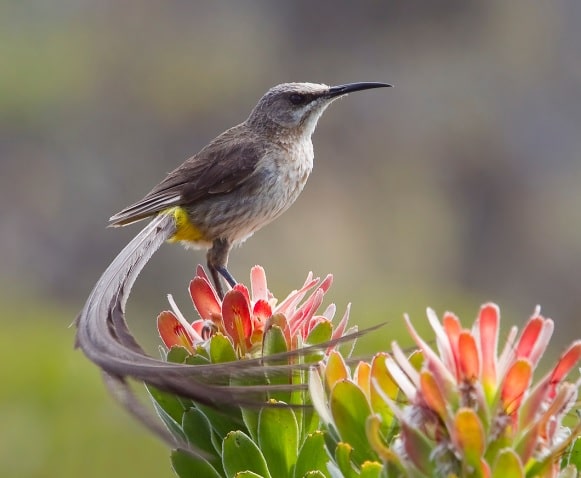
Fascinating Feathers: Uncovering Interesting Facts About the Cape Sugarbird
The Cape Sugarbird and its role in the ecosystem.
Imagine a bird so intricately tied to its environment that it thrives specifically within a single biome. The Cape Sugarbird is one of South Africa’s most remarkable birds, not only for its beauty but for its remarkable symbiosis with fynbos vegetation.
First up, it’s integral to recognize the sugarbird’s essential role in pollination. With its long tail and brush-tipped tongue, it’s designed to dip into flowers, especially those of the protea plants, emerging with pollen on its forehead to transport to the next bloom.
This relationship showcases a fascinating example of co-evolution, where both bird and plant species have adapted together for mutual benefit.
But the intrigue doesn’t stop there. Did you know that Cape Sugarbirds can enter a state of torpor on cold nights to conserve energy? This temporary hibernation-like state allows them to drop their body temperature and slow their metabolic rate, a rare adaptation among bird species.
Mating and breeding of the Cape Sugarbird.
Their tails are not mere ornaments either. The male’s exceptionally long tail, which can be almost double its body length, isn’t just a tool for attracting mates but also serves as a rudder, aiding in remarkable aerobatic feats in the air.
Males with longer tails are generally more successful breeders, suggesting the trait is a significant factor in mate selection.
Speaking of breeding, the Cape Sugarbird doesn’t stick to one mate. It’s polygynous, meaning a male will mate with several females. Yet, it doesn’t partake in typical nest building. Instead, females single-handedly assume the task of constructing nests and caring for the young, often attaching nests to the branches of the protea bushes.
One might assume that, given their name, these birds feast exclusively on nectar. However, the fact is their diet is varied and quite sophisticated, ensuring their survival across seasons.

The Diet of Cape Sugarbirds- what do they eat?
The Cape Sugarbird is a master of survival, with a diet perfectly fine-tuned for its environment. These birds primarily feast on nectar, which provides them with the high energy necessary for their active lifestyle.
The bird’s brush-tipped tongue, designed like a natural paintbrush, delves into tubular flowers to extract nectar. This adaptation isn’t just about nourishment; it’s also about the vital role sugarbirds play in pollination. As they move from blossom to blossom, pollen clings to their feathers and beaks, fostering plant reproduction across the fynbos.
But, nectar isn’t the only item on their menu. Sugarbirds are opportunistic and will dine on insects, especially during the breeding season, to supplement their sugar-rich diet with protein. This varied diet bolsters their health and aids in the nurturing of their young.
What’s truly incredible is how their feeding strategy fosters a symbiotic relationship with the fynbos plants. The fynbos ecosystem, rich with proteas and ericas, not only supplies the sugarbirds with food but also provides safe nesting sites.
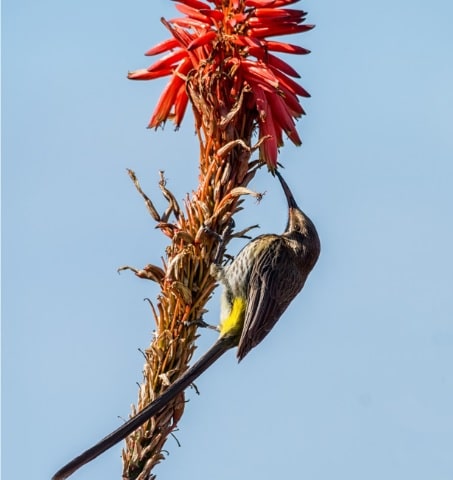
Home Among the Fynbos: The Habitat of the Cape Sugarbird
Imagine a place where every inch is teeming with vibrant plant life, a landscape affectionately known as the fynbos, right there in the Western Cape. This is where I find the Cape Sugarbird in its element and considered endemic. It’s not just a habitat; it’s a lifeline for these birds, providing everything they need to thrive.
The Cape Sugarbird has a very specific taste in real estate, choosing to reside almost exclusively within the fynbos biome of South Africa.
This region is rich with protea and erica species, essential sources of food.
This bird doesn’t wander far. The Cape Sugarbird stays within this region throughout the year, demonstrating a remarkable fidelity to home—save for some altitude changes during harsher winter conditions when they may descend to warmer areas.
– Did you know that?
An endemic species has a unique distribution limited to a particular location, such as an island, country, or specific habitat type, and this is called endemism. The term is often used to highlight the exclusivity of a species to a particular area, emphasizing its adaptation to and dependence on the local environment
Conservation status of the Cape Sugarbird.
Such specific habitat requirements make them sensitive to environmental changes, and that, in turn, makes them indicators of ecosystem health.
However, the sugarbird’s home is under pressure. Land development, agricultural expansion, and the threats posed by climate change all contribute to habitat loss.
This not only endangers the bird itself but also the health of the fynbos, as sugarbirds are key pollinators for many plants within this biome. Recognizing the mutual dependence between the sugarbird and the fynbos is fundamental for their continued coexistence.
Our next section flows directly from the sugarbird’s connection with its natural surroundings to a broader theme: symbolization. We’ll explore the cultural and spiritual significance attributed to these birds and how they’ve come to represent the beauty and fragility of their unique ecosystem.
Symbolism in Flight: Exploring the Spiritual Significance of the Sugarbird
When I consider the sugarbird, it’s not just its habits or habitat that captures my attention, but the deeper meanings it holds for many people.
In different cultures, birds often carry symbolic weight, like the Hoopoo bird, and the Cape Sugarbird is no exception. It serves as a messenger in some traditions, embodying themes of renewal and vitality.
Beyond its ecological role, the sugarbird holds a special place in folklore. In certain stories, for example, it’s praised for its perseverance and adaptation, seen as traits worthy of emulation.
Today, this feathered symbol has also come to represent the biologically rich region of the Fynbos. Through ecotourism, the sugarbird acts as an ambassador, encouraging awareness and preservation of its delicate ecosystem.
Want to find the best binoculars for a safari? Check out my blog post here!
My Final Conclusion.
In closing, the Cape Sugarbird is more than just a subject of scientific study; it is a creature interwoven with stories and significance.
I hope this article sheds some light on the importance of valuing and protecting such remarkable species. As I reflect on the sugarbird, I am reminded of the intricate tapestry of life, and the duty we all share to safeguard the threads that bind it together.
If you have any more questions or would just like to have a chat, please leave a comment down below in the comment section or join me on (one of) my social media channels below for more pictures, videos and stories about my travels to Africa!
I wish you happy travels!
Kind regards,
Lizzy
I now have a YouTube channel as well!
YouTube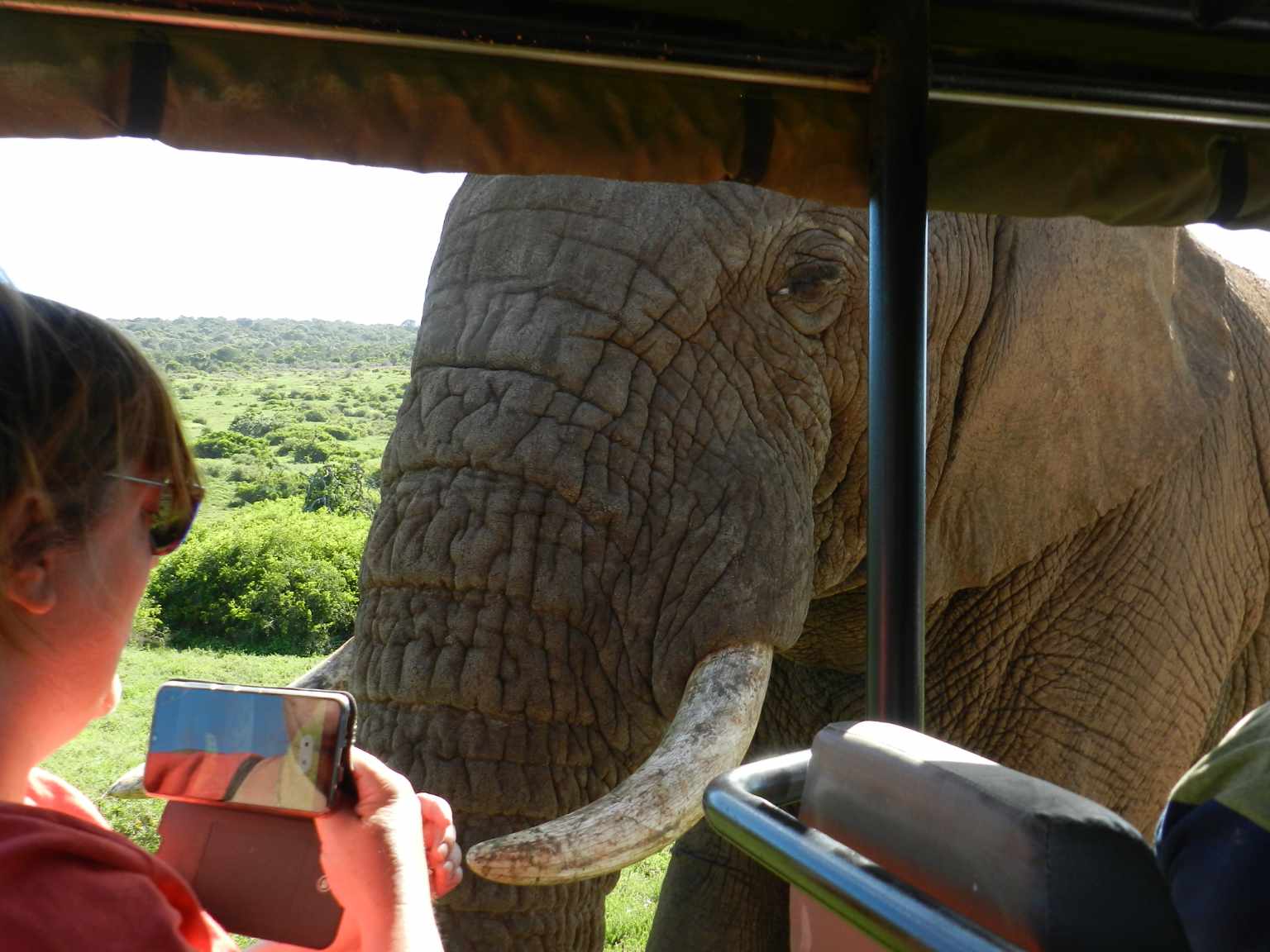
Hello Africa travellers!
Who am I? Well, the least you can say is that I am quite crazy about Africa, its nature, its climate, its culture, and more.
As a young woman in my twenties, I had already traveled to several African countries by traveling along in an overlander on my own and mostly camping ( or glamping ) and just fell in love with the diversity of it all.
So much, so that at the age of 26, I went back to university to study biology, which, unfortunately, I couldn’t finish because of health reasons (yes, I got sick from a tropical disease, oh cynicism). But this did not stop my dream of traveling back to Africa several times, and I still do.
My dream was back then to leave Europe and go study animal behavior, especially the elephants (sure, that’s every girl’s dream haha), but I am also very much intrigued by hyenas and other “ugly African animals“.
So, I “kind of” have a little bit of a scientific approach to my articles, when I write about African birds, for example. And most of all: the passion.
But life goes on, you move from one side of the country to the other, you get sick again and top it off with lower back problems, and before you know it, you are over 50 hahaha!
Now, I still travel to Africa, but take it a bit “easier” than the good old camping days, and stay in comfortable, yet affordable accommodations, together with my husband Wouter.
These are some of the countries I have traveled to: Kenya, Tanzania, Zanzibar, Malawi, Zambia, Zimbabwe, South Africa, Namibia, Botswana, Tunisia, and a little bit of Lesotho LOL .
While clearly not being African territory, but Spanish, I also visited Gran Canaria and Tenerife, and location-wise, I consider them “African”, because of their climate and nature, sue me :-p
The last trip I took was to South Africa in the year 2023, and it sure got the fevers for Africa back! From the Barberton mountains to the Drakensberg and the Southcoast, one month wasn’t enough at all to see the whole country, so we’ll be back! At ease and with a little bit more luxury than in my younger days haha!
I wish you happy travels!
Kind regards
Lizzy

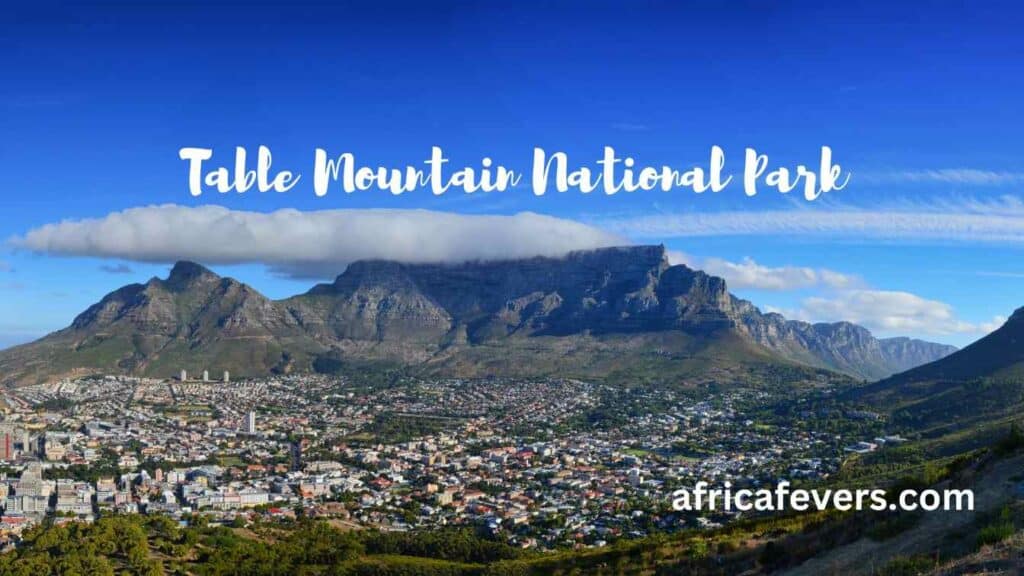




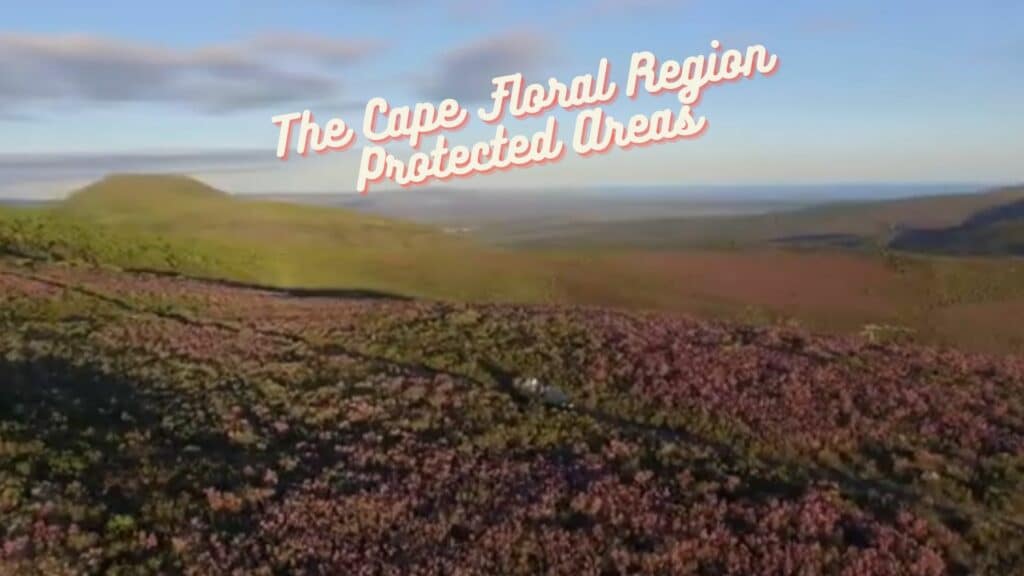
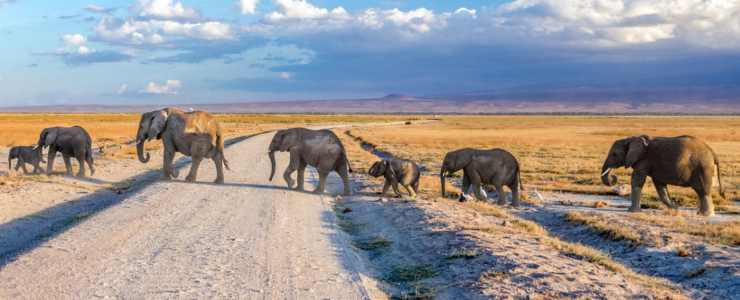

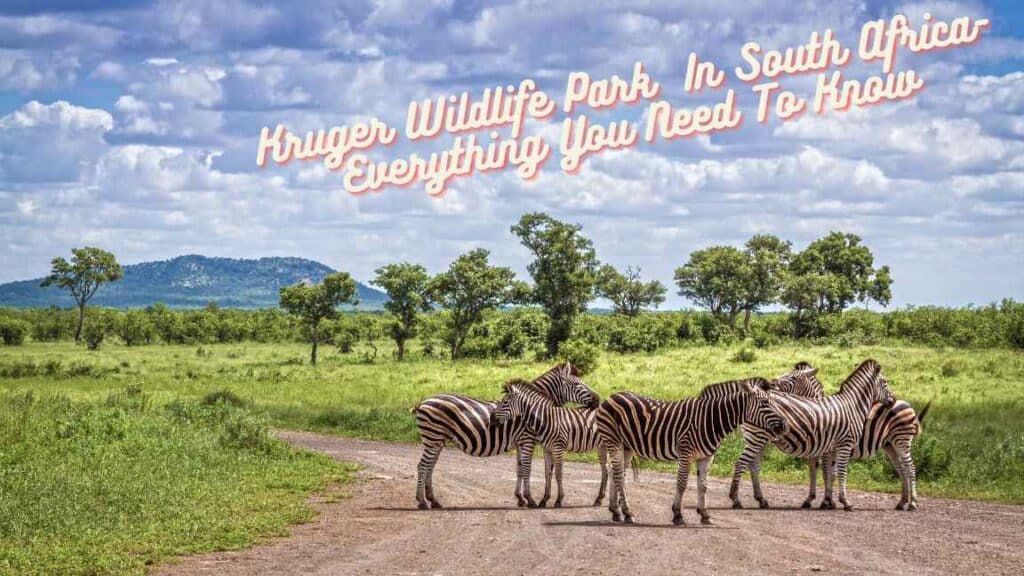

I recently read one of your previous articles on another bird from South Africa which was colorful and shiny and very pretty. This read is also captivating how you explain the Cape Sugarbird! I particularly like have you have tabled the differences between males and females and the differences and importance of the Sugarbirds and sunbirds for example to their ecosystems. Another great article, I look forward to seeing more, keep up the good work!
hey again Ryan!
I’m glad that you are back to read about the cape sugarbird, I hope that if you ever plan a trip to the region, you can now recognize the bird there haha! Have fun!
Kind regards,
Lizzy